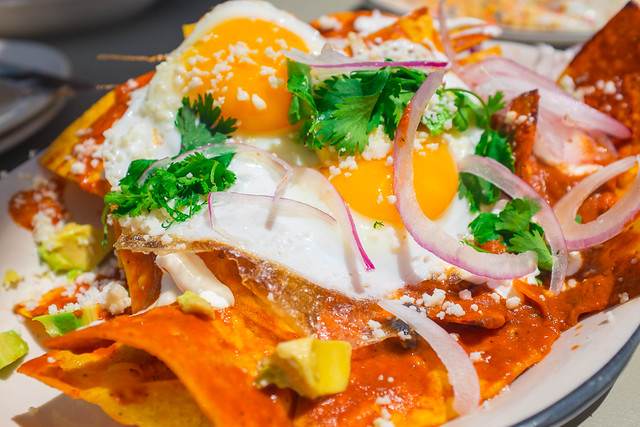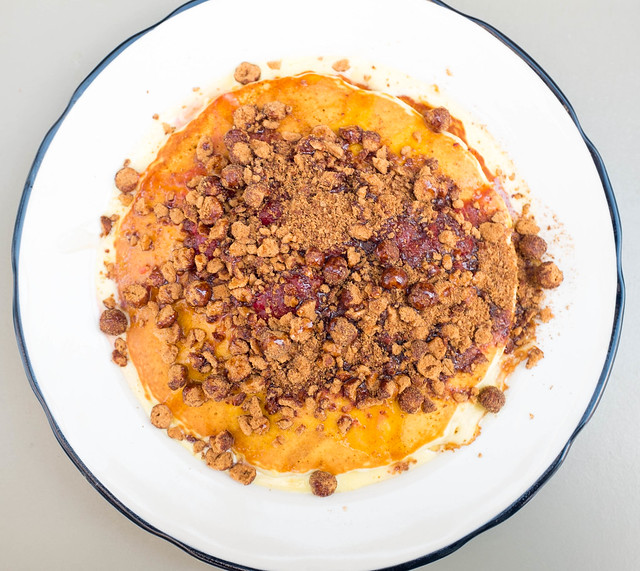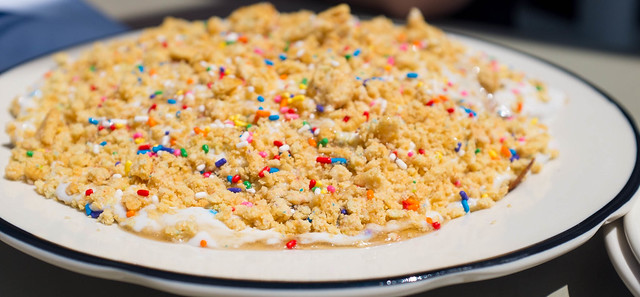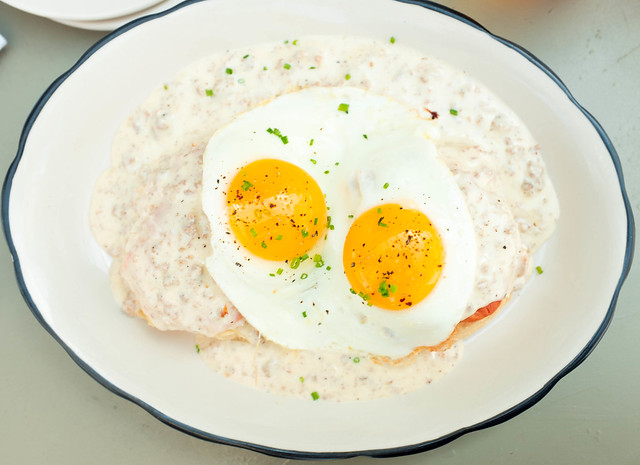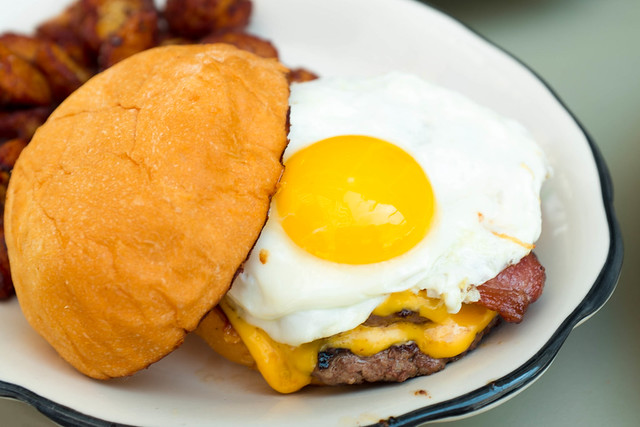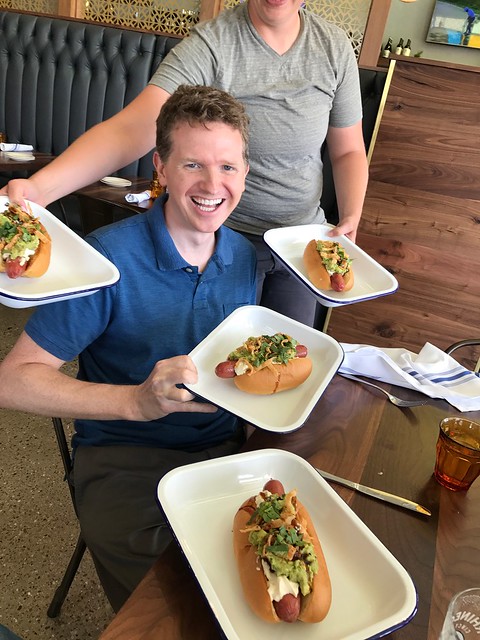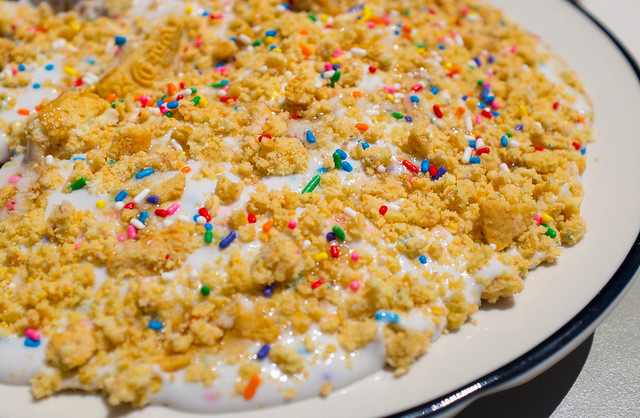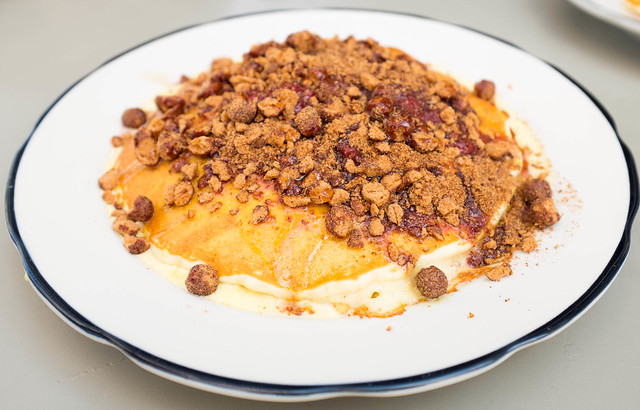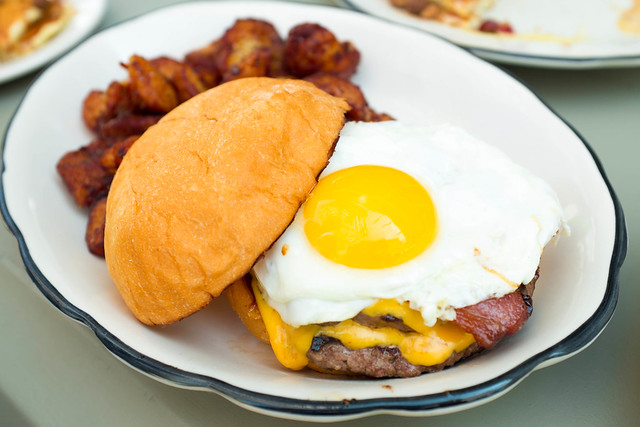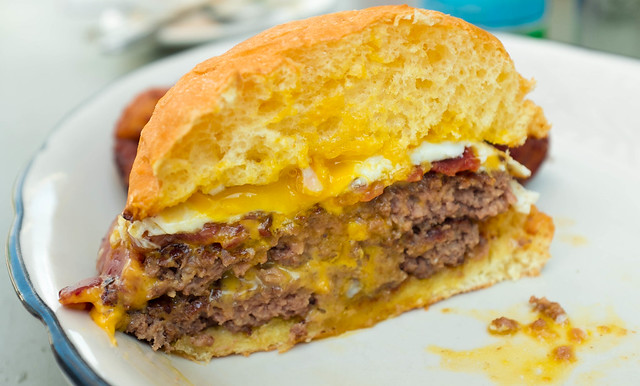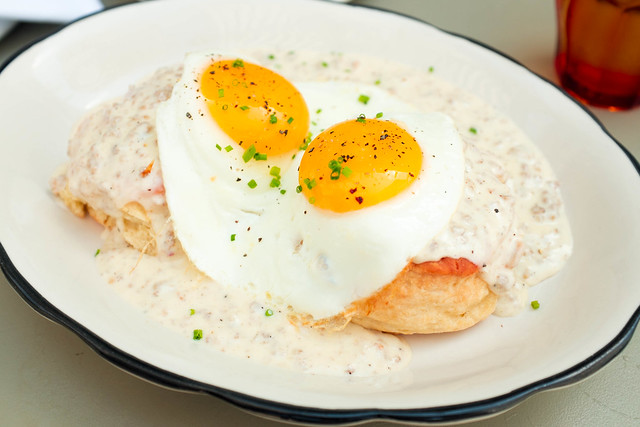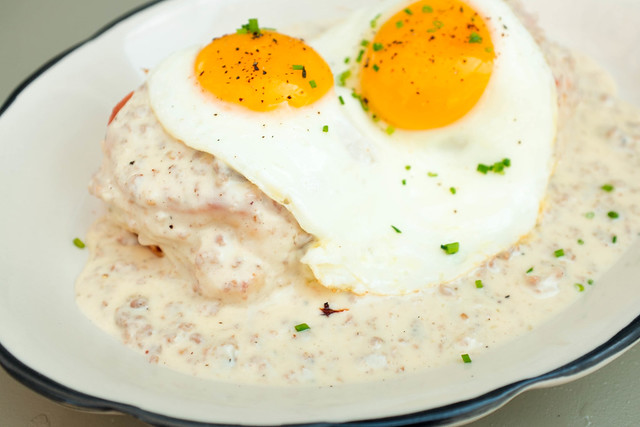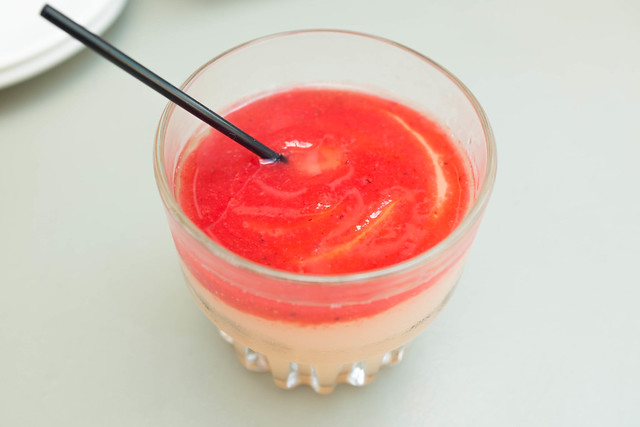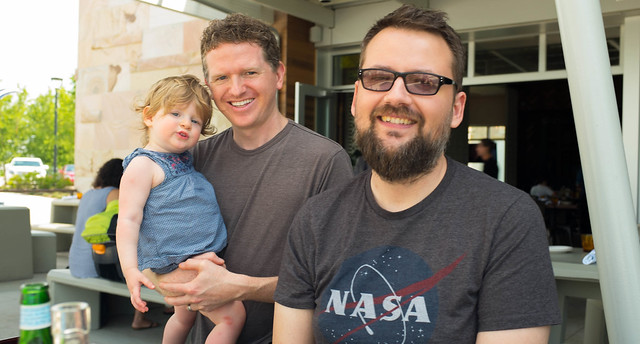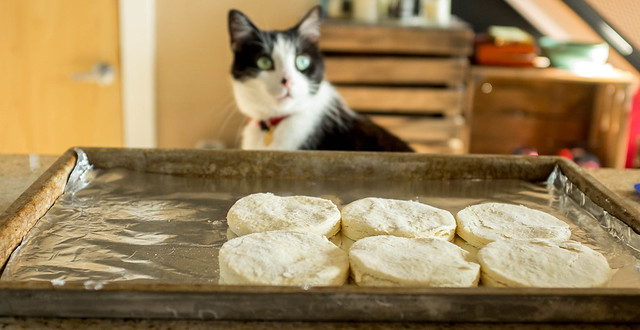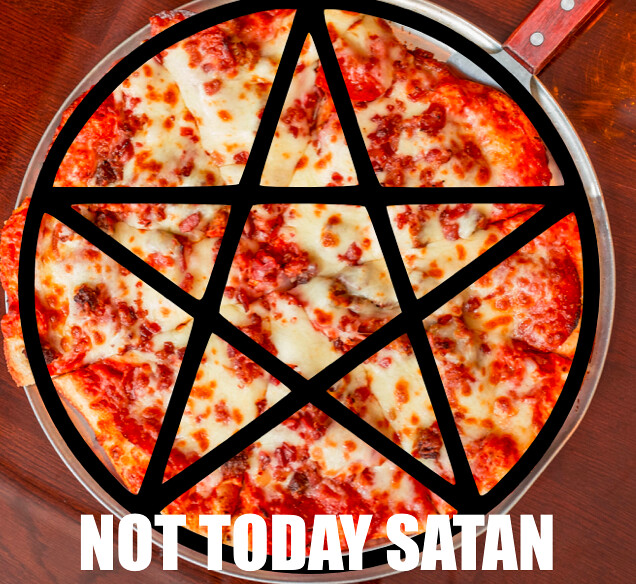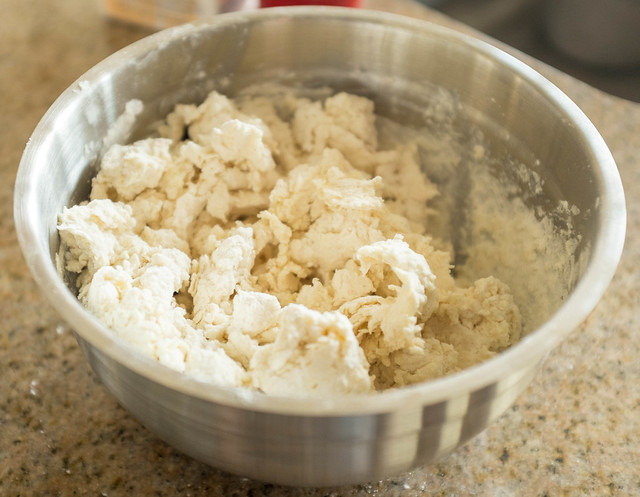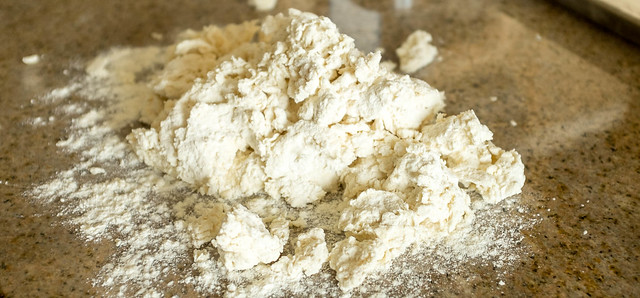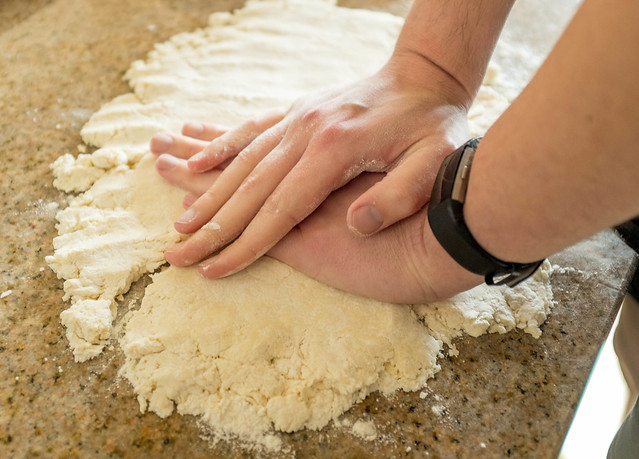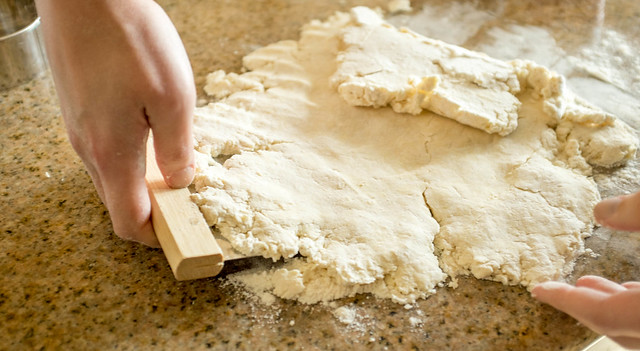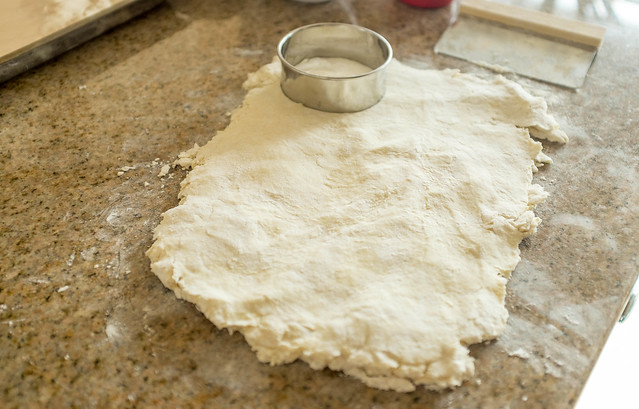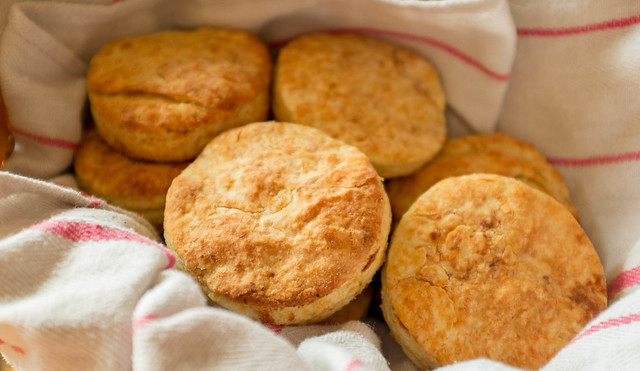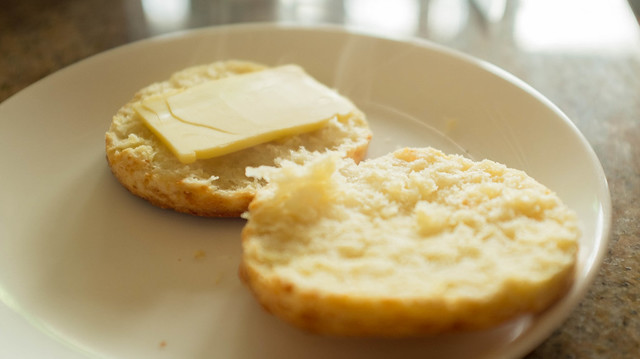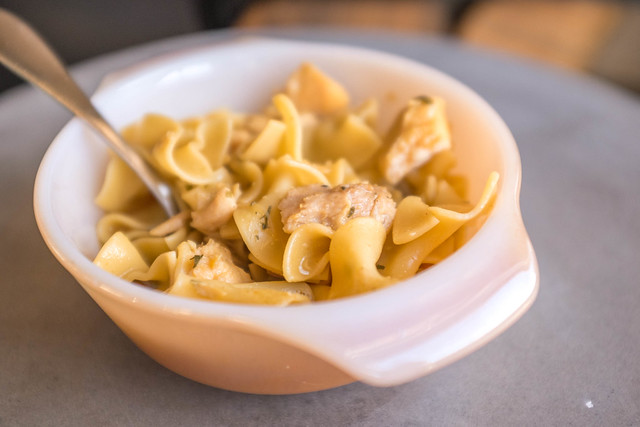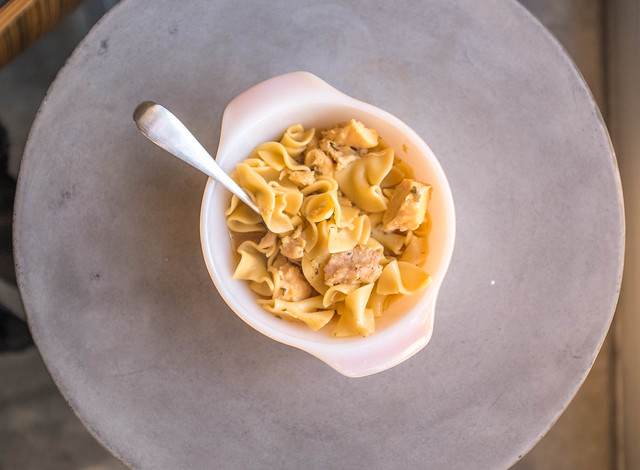This post is significant for several reasons. One, we are sure that many of our readers have been following our journey this year from our last few posts. Two, this couple of hardcore urbanites actually drove out to the suburbs for brunch. Twice.
Quick recap: In January, David was diagnosed with Stage 5 Kidney Disease, and we were advised that the best treatment for his condition was a kidney transplant as soon as possible or he'd need to undergo dialysis in the next few months. We immediately started a strict renal diet and a donor search. As unfortunate as this diagnosis was, we were lucky beyond belief to have amazing friends and acquaintances that stepped up to help spread the word and volunteered to be donors. Because of everyone’s efforts, we were successfully able to avoid dialysis, giving David a much better life expectancy and outcome.
There were several matches for David, but ultimately, our very good friend Rich gave us a gift we can never say ‘thank you’ enough for. The fact we were even able to go to enjoy brunch is owed to Rich. So it was fitting that Rich was honored at Senate a few weeks back by being the very much coveted ‘Dog of the Day.’
This is what a hero looks like in real-life: Rich Hill surrounded by 'Rich Hill' dogs!
Senate in Over-the-Rhine is one of the OG restaurants, but the Blue Ash location just opened up earlier this year. It has a similar feel and many of the same menu items, but also features a wonderful patio, call-ahead seating, and brunch.
We visited on two occasions, once with our good friends Bob and Erin Marie Schwartz, and once with Rich, his wife Maria and their adorably feisty daughter, Vivian (Parents take heed, Senate Blue Ash is exceptionally kid friendly: a park right outside, high chairs, and even kid-sized menu items).
Let’s start with the pancakes. We need to talk about these. There are two versions of them on the menu, ‘Birthday cake’ and ‘Neapolitan.’ One is slightly more ridiculous than the other.
Both times we visited, we ordered the pancakes for the table, which is what we recommend. Birthday Cake Pancakes are covered in a funfetti glaze, sprinkles and crushed up birthday cake Oreos.
One Sugar Mountain Supreme for the Chubby Bunny. Pancakes are under there...somewhere.
The Neapolitan Pancakes are slightly more conservative, with local strawberries, vanilla creme anglaise and crushed cocoa puffs. Still, it’s a great start to a shared meal and a big commitment for any one person to take these two dishes on.
Next, the ‘Goetta Superstar.” Goetta is delicious. Pair it with melted cheese, velvety scrambled eggs, creamy avocado and a toasted brioche bun and you’ve got a hit on your hands. Get. This. Sandwich.
The Eggs Benedict, served with lemony hollandaise, gently poached eggs and savory ham atop the best English muffin in the city (made by Blue Oven Bakery) is worth the trip to the restaurant alone.
The Chilaquiles also were very flavorful, balanced, not too spicy, and a great option for vegetarians. Personally, we found ourselves looking for some additional protein in the dish, but this is a lighter choice among some heavier brunch items, and also ideal for sharing.
David had been eyeing the Sunday Burger since our first visit, and it didn't disappoint. Two beef patties, cheese, bacon, and a sunny side up egg, all served on a light and fluffy brioche. The breakfast potatoes are delightfully crispy and lightly seasoned with truffle.
A burger cross section is worth a thousand words
Even one of the more tame options (Bacon, Egg and Cheese Muffin) stands out, due to the aforementioned Blue Oven English Muffin.
We closed out our second meal with Biscuits, Gravy and Eggs. Seasoned well, with flaky biscuits and a nice proportion of sausage-to-gravy, this is another solid brunch choice.
Finally, there’s a drink called Frosé, (frozen rose with a few additions) which is ideal to sip out on the sunny patio.
We highly recommend making the trip out to Senate’s new location, and thanks to Rich, his family and our many friends, guess what:
We’re back.

